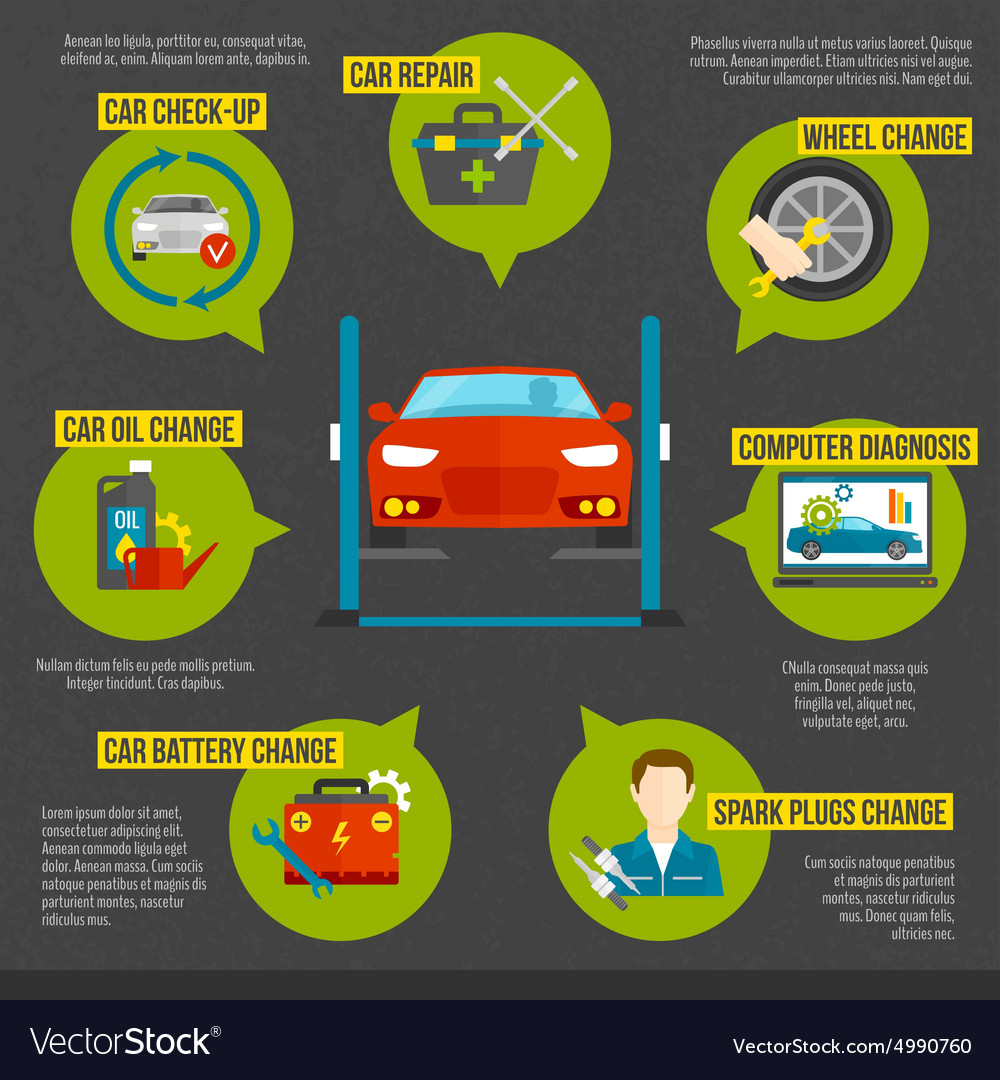Discovering The Genuine Analysis Of Your Automobile'S Warning Lighting
Discovering The Genuine Analysis Of Your Automobile'S Warning Lighting
Blog Article
Uploaded By-Cummings Bishop
When you lag the wheel, those glowing caution lights on your control panel can be a bit perplexing. Do you know what they're attempting to inform you regarding your car's health and wellness? Understanding the importance of these lights is essential for your safety and security and the long life of your automobile. So, the following time one of those lights turns up, would not you intend to understand its message precisely and take the needed steps to address it?
Common Caution Lighting and Interpretations
Determine common caution lights in your cars and truck and comprehend their meanings to guarantee secure driving.
One of the most common warning lights consist of the check engine light, which signals issues with the engine or discharges system. If this light comes on, it's crucial to have your car examined without delay.
The oil pressure cautioning light indicates reduced oil stress, needing prompt interest to stop engine damage.
A blinking battery light may suggest a faulty billing system, possibly leaving you stranded otherwise attended to.
car wrapping services tracking system (TPMS) light alerts you to reduced tire pressure, influencing lorry stability and gas effectiveness. Overlooking this can cause hazardous driving problems.
The abdominal muscle light suggests a problem with the anti-lock stopping system, compromising your capacity to quit quickly in emergencies.
Finally, the coolant temperature level advising light warns of engine overheating, which can result in severe damage if not fixed promptly.
Comprehending these typical warning lights will certainly aid you address issues promptly and keep risk-free driving problems.
Relevance of Prompt Interest
Comprehending the usual caution lights in your auto is just the initial step; the value of immediately resolving these cautions can't be stressed sufficient to ensure your security when driving.
When a warning light illuminates on your dashboard, it's your car's means of communicating a potential problem that requires interest. Overlooking these warnings can result in much more extreme issues in the future, jeopardizing your safety and possibly costing you much more out of commission.
Trigger interest to warning lights can avoid breakdowns and accidents. For instance, a flashing check engine light could suggest a misfire that, if left neglected, might cause damage to the catalytic converter. Resolving this quickly can conserve you from a costly fixing.
Similarly, a brake system warning light could indicate reduced brake fluid or worn brake pads, critical parts for your safety when driving.
Do It Yourself Troubleshooting Tips
If you observe a warning light on your control panel, there are a couple of do it yourself fixing suggestions you can attempt before looking for professional assistance.
The primary step is to consult your cars and truck's guidebook to recognize what the specific caution light shows. Occasionally Suggested Website can be as easy as a loose gas cap activating the check engine light. Tightening the gas cap might deal with the issue.
https://brakepadsandrotors84061.livebloggs.com/33849376/find-out-exactly-how-to-transform-your-cars-and-truck-s-oil-by-adhering-to-the-step-by-step-directions-supplied-in-this-overview is a low battery, which can trigger different cautioning lights. Inspecting the battery connections for corrosion and ensuring they're safe could fix the problem.
If a warning light persists, you can try resetting it by disconnecting the automobile's battery for a few mins and then reconnecting it. In addition, examining your car's liquid levels, such as oil, coolant, and brake fluid, can aid fix alerting lights related to these systems.
Conclusion
In conclusion, understanding your auto's warning lights is important for maintaining your car running efficiently and securely. By quickly attending to these alerts and understanding what they imply, you can prevent costly repair work and prospective failures.
Bear in mind to consult your auto's manual for particular details on each alerting light and take action accordingly to guarantee a trouble-free driving experience.
Remain informed, remain risk-free when driving!
